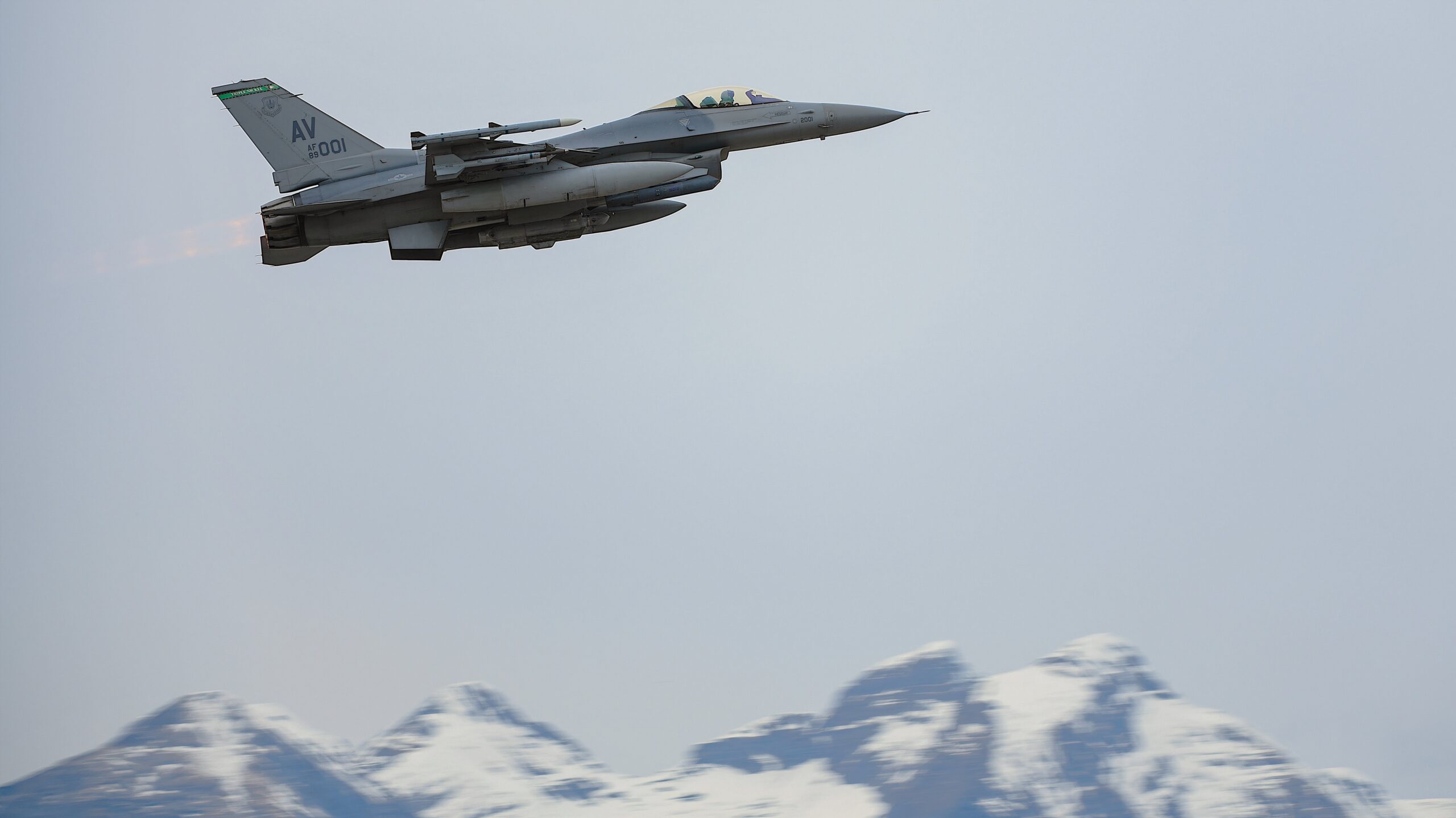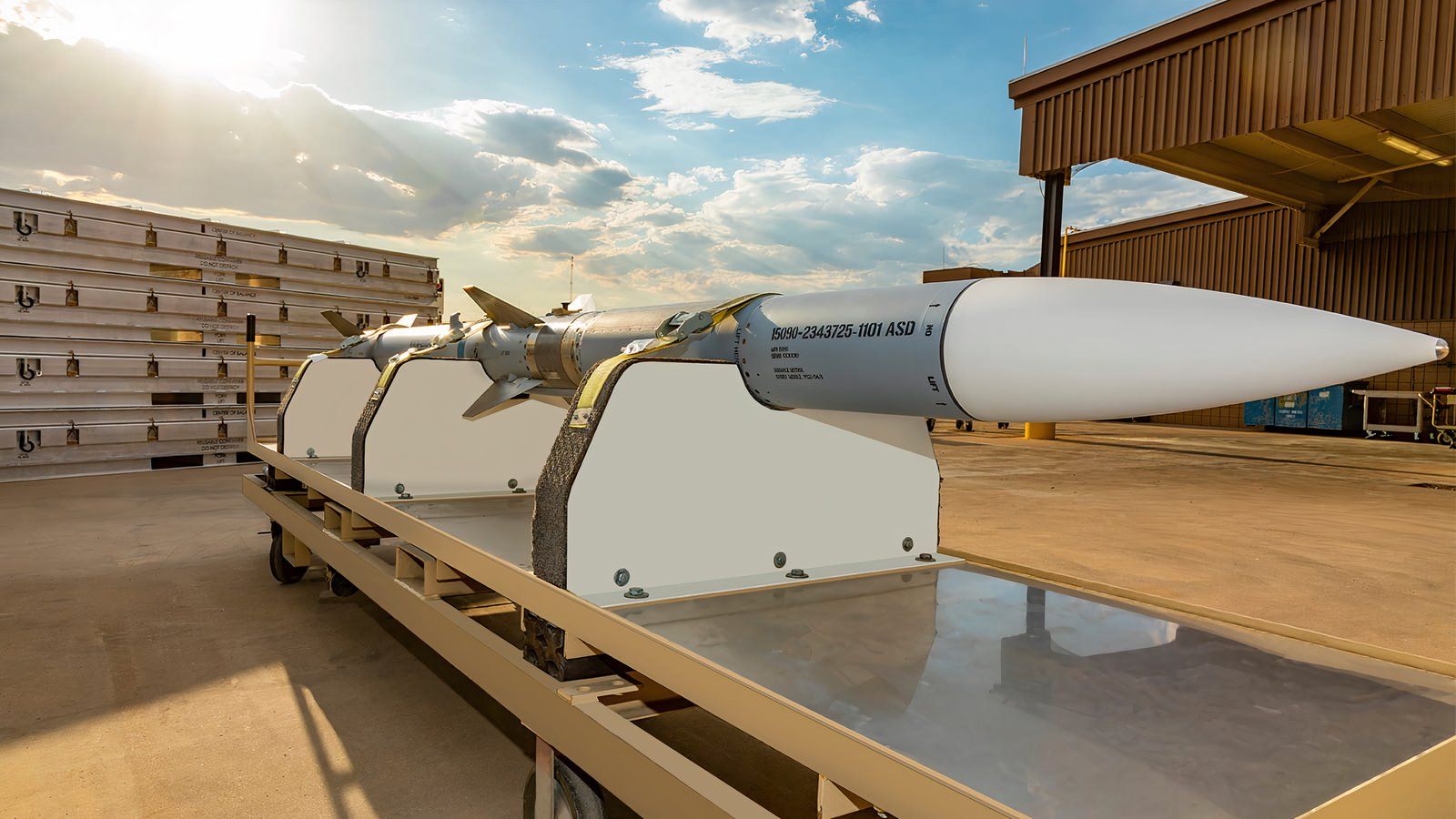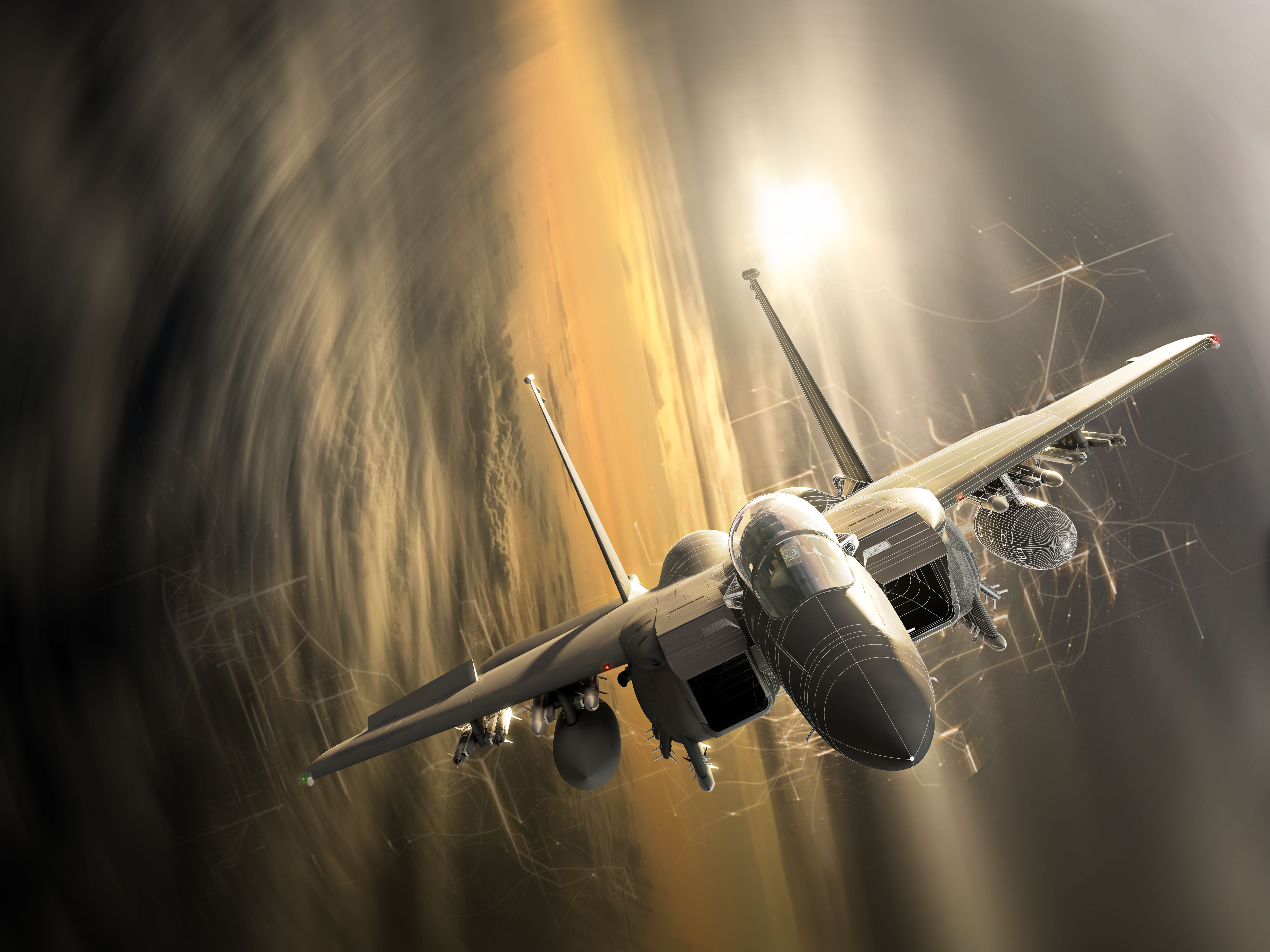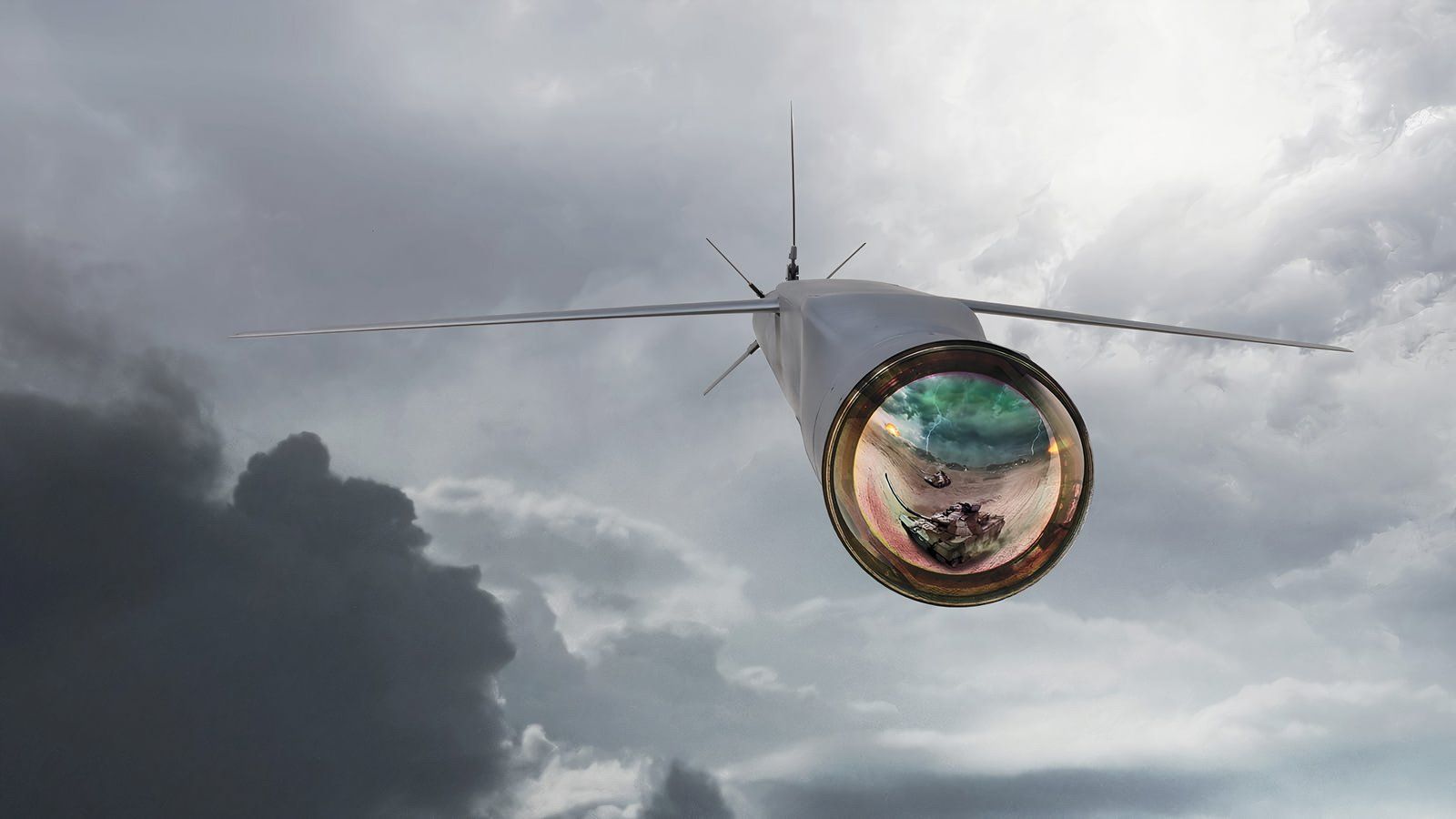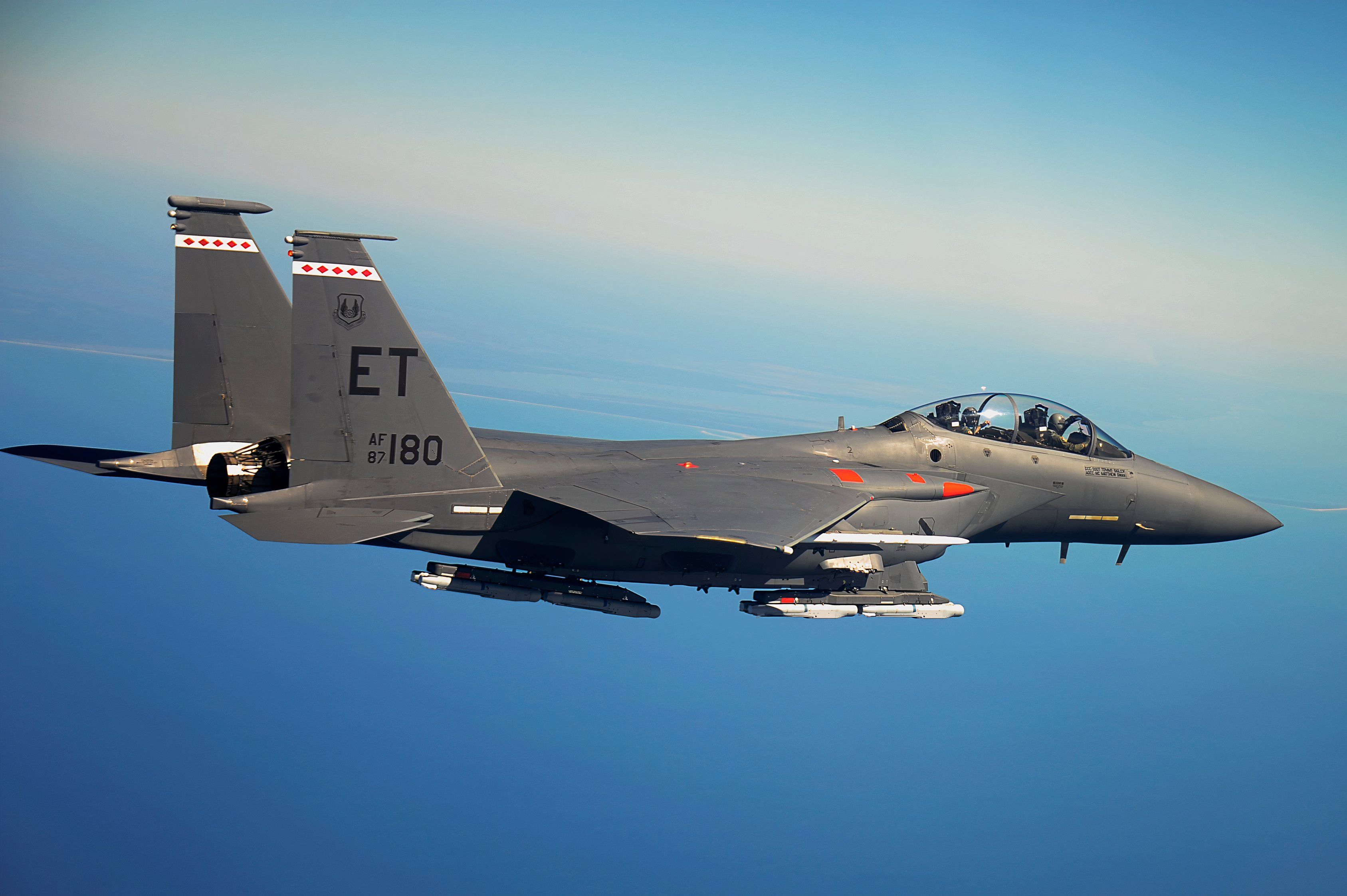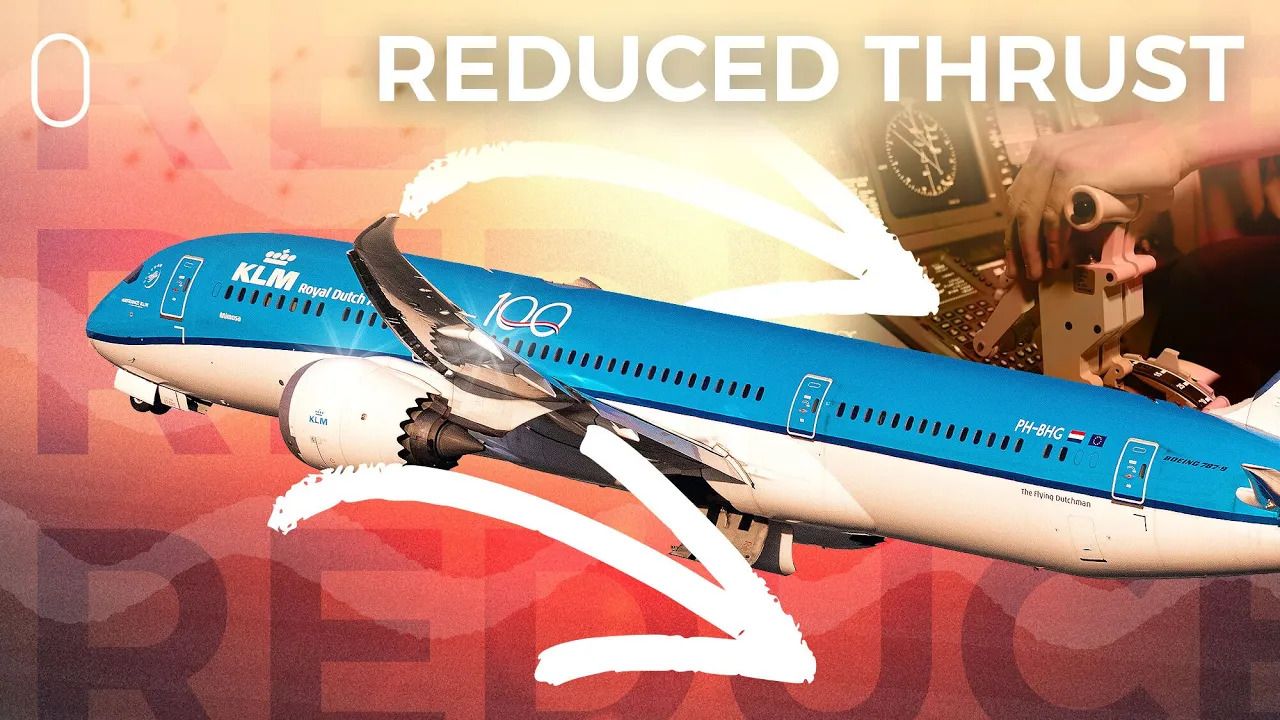Summary
- Air superiority is crucial in any air campaign to enable the rest of the warfighter successfully.
- RTX’s Raytheon has enhanced the AIM-120 AMRAAM missile to double its range with optimized flight paths.
- Open systems architecture on F-15EX improves operational efficiency, situational awareness, and compatibility of onboard systems.
Recently, Simple Flying had the high honor of speaking to RTX’s Jon Norman, Raytheon division Vice President of Requirements & Capabilities in Air & Space Defense Systems. In the conversation, Norman shared how various RTX products upgrade and improve Western fourth generation fighter jets like the F-15 Eagle and the F-16 Viper.
“Step one in any campaign”
Jon Norman kindly shared with Simple Flying that,
“Step one in any campaign, any air campaign is achieving air superiority so that we enable the rest of the warfighter.”
During the discussion, air-to-air as well as air-to-ground weapons were discussed. For instance, the AIM-120 AMRAAM was brought up – and RTX’s Raytheon has been able to double the range in the same AIM-120 body with better avionics and “a very optimized flight path” that climbs before pouncing.
Photo: RTX
Additionally, as per below the AIM-120 has also been converted to a surface-to-air missile in the National Advanced Surface-to-Air Missile System or Norwegian Advanced Surface-to-Air Missile System – normally abridged to NASAMS. NASAMS, with 25-year-old AMRAAM missiles, has been gifted to Ukraine to help repel Russia’s drone and missile assault with much success.
But NASAMS can also fire the AIM-9X Sidewinder, the latest generation of Sidewinder. The first generation of Sidewinder was one of the world’s first air-to-air missiles, and has dramatically evolved to today’s AIM-9X.
Today’s Sidewinder Is a Wonder
Norman shared that today’s Sidewinder in the AIM-9X can be fired from a fighter jet and make a sharp turn to intercept the target aircraft with the AIM-9X’s seeker and thrust-vectoring coupled to a helmet-mounted sight. One can see close-ups from the recent 142nd Wing F-15EX unveiling where practice AIM-9s and AIM-120s were put on a trailer:
After sharing that a maintenance tech of the 142nd Wing noted the AIM-9X can bend in flight to seek its target – Norman, the former F-16 Viper pilot – shared with Simple Flying about the AIM-9X:
“If I’m across the turn circle from that aircraft, I can look over with my helmet-mounted cueing system, it’ll lock onto that aircraft, and it hands off that all the data to the missile, and I can fire the missile and it goes out and shoots that aircraft without, without me having to turn all the way around to face it.”
Norman added that each AIM-9X could target an aircraft while targeting multiple other aircraft with radars – all via the helmet-mounted sight and hands on throttle and stick (HOTAS) controls. This is a dramatic difference from the original Block 15 F-16 Vipers that Norman would fly, requiring Norman to fly into a firing position to employ his earlier generation AIM-9s and gun to target only one aircraft, thereby creating an “incredible advantage” to quote Norman.
RTX and open systems architecture
Norman also brought up open systems architecture, one of the key abilities the F-15EX Eagle II brings to the US Air Force as profiled recently:
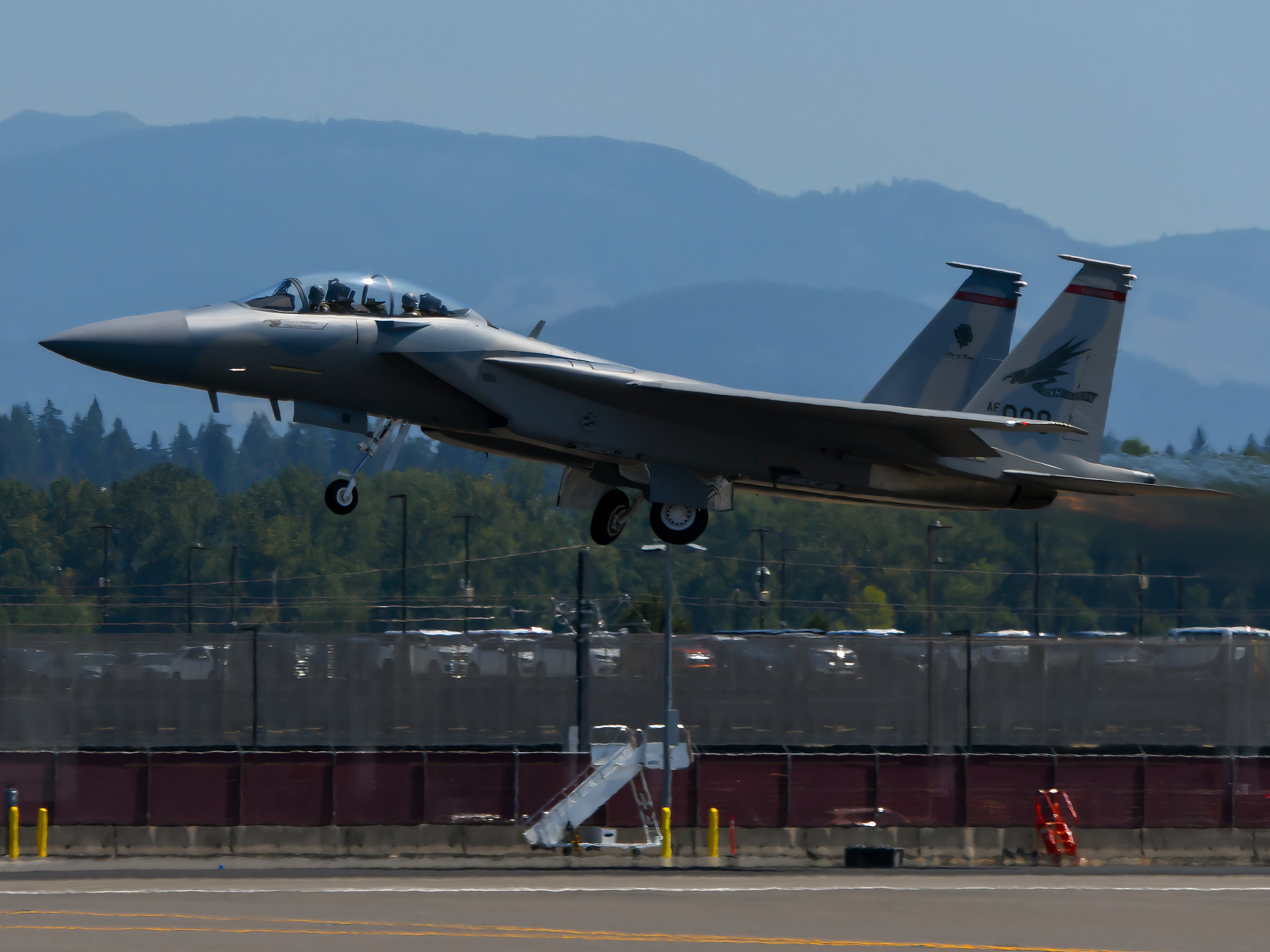
Related
142nd Wing Receives New Flagship F-15EX Eagle II In Portland
A look at the soul of the US Air Force’s new fighter jet.
To Norman, open systems architecture enables each sensor, targeting pod and weapon to have its own software but still talk to one another, display easily on the aircraft displays, and use the same user interface. This way, pilots do not have to learn and relearn switchology in the cockpit, and the aircraft now has an operating system on par with Apple’s iOS and Microsoft’s Windows. Aircraft with open systems architecture find that replacing hardware does not require as much software code rewrite nor expensive revalidation testing in operational test squadrons. As a former operational test pilot, Norman was very pleased about this.
Graphic: Boeing
But additionally, to Norman, situational awareness is also improving. As Norman explained,
“When I first started in the F 16, you’d see 30-40 miles; now you’re seeing hundreds of miles” with new AESA radars
Now coupled to a datalink, fighter jets can see thousands of miles with linked radars. But open systems architecture and datalinks also enable better, more precise air-to-ground weapons.
F-15EX is “fundamentally different”
Although Norman is more of an F-16 Viper pilot, Norman did say about the F-15EX that if the F-15A Eagle, the original, is a 1958 Corvette and the F-15E Strike Eagle is a fourth-generation Corvette, then the F-15EX as pictured below is the 2024 Corvette and “fundamentally different.”
How so? The F-15EX has better radar, better engines, and better sensors, and with an open systems architecture, all those systems and the weapons on board are in sync. Norman also wished he could have had an F-15EX with the 16+ StormBreakers to attack ground targets.
From cluster bombs to StormBreaker
Norman shared that as a F-16 Viper pilot he would have to take-off to lob 2 or 4 cluster bombs, hope to take out his target, must return to base to rearm and sortie again. But with eight StormBreakers – based on the Small Diameter Bomb (SDB) – attached to a F-16 Viper, Norman would have been able to attack with precision ground vehicles at distance like tanks, armored personnel carriers, boats, or air defense units at “great ranges”. As such to Norman, it’s the “workhorse of weapons”.
Graphic: RTX
Additionally, unlike cluster bombs with submunitions that on average leave behind 5% of their munitions on the ground that become deadly to civilians, the StormBreaker would not pose a threat to civilians. A tri-mode seeker is able to penetrate the cloud with radar or an infrared sensor or use a laser seeker to find and destroy its target. Eight StormBreakers can be carried internally in the F-35 fifth-generation stealth fighter with the potential for more on the wings. While the F-15E Strike Eagle pictured below plus the F-15EX Eagle II can pack at least 16 StormBreakers.
Photo: RTX
But that’s not the only air-to-ground weapon discussed. Another has made history in the skies over Ukraine.
HARMs making history
Norman also spoke about the AGM-88 HARM. The High-speed Anti Radiation Missile or HARM can be used in conjunction with a HARM Targeting System pod or HTS. The HTS can find and detect enemy radars, then hand off the radar data to the individual HARM. The HARM can also be fired in modes like “Self Protect” or home on a radar tracking the aircraft carrying the HARM.
As Norman explains how the HARM missile works in flight,
“When you fire the HARM, it flies out on a flight profile, it opens its eyes, and then it’s looking for that specific threat that you handed off to it, and then it’s going to guide it on that radar, and then explode and take that radar out. So, it’s a very responsive weapon. I’ve flown in and tested that when I was doing operational tests, and then I employed a lot of ’em in Operation Iraqi Freedom, and it works every time. It’s an awesome weapon.”
The HARM has also seen action in Ukraine. Norman considers the AGM-88 HARM “a game-changing capability” that serves as, “A way to shoot back at the threats that have been risk been putting all their aircraft at risk.”
Such is the same for all nations with the HARM – not just Ukraine. The HARM provides air superiority from surface-to-air threats.
Bottom line
Jon Norman gets the last word,
“Without air superiority, nothing else matters. You know, we’ve done a really good job in the US Air Force protecting our ground forces from attack by enemy aircraft. We’ve got to maintain control the air, because that enables everything else. It allows our Army and our Marines and Navy to operate with impunity. And then for our Air Force, all of our sustainment aircraft, so the tanker aircraft, the cargo aircraft, without air superiority, all those, all those assets are at risk. And it greatly complicates our ability to provide defense for US Air Force, or any other Air Force to provide defense for their forces.”
That’s why air superiority is so important.
About Jon Norman
Jon Norman is a US Air Force veteran with much experience flying the F-16 Viper from Block 10 to Block 15, Block 25, Block 30, Block 40, Block 50, and Block 52. Norman is also a former US Air Force Fighter Weapons School instructor – basically the US Air Force’s version of the US Navy’s “Top Gun” – teaching other instructors tactics and weapons. Norman also served as an Operational Test & Evaluation Pilot, helping with programs such as the AIM-120 AMRAAM air-to-air missile and the JDAM GPS-guided precision bomb. But later in Norman’s career, among other accomplishments, Norman served on the Joint Chiefs of Staff, helping with acquisition programs, and commanded the 31st Fighter Wing based out of Aviano, Italy, and flush with F-16 Vipers. Norman also saw combat as a F-16 Operations Officer and Commander in the 77th Fighter Squadron, the Gamblers, based out of Shaw Air Force Base, South Carolina.
What are your thoughts? Please share in the thread.

